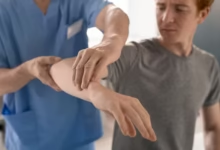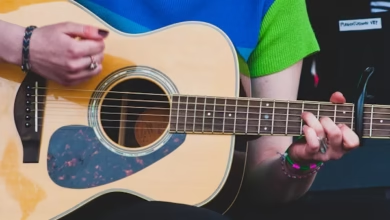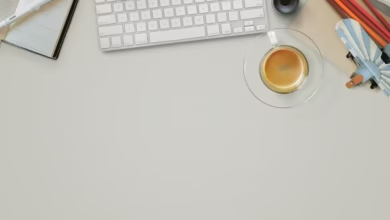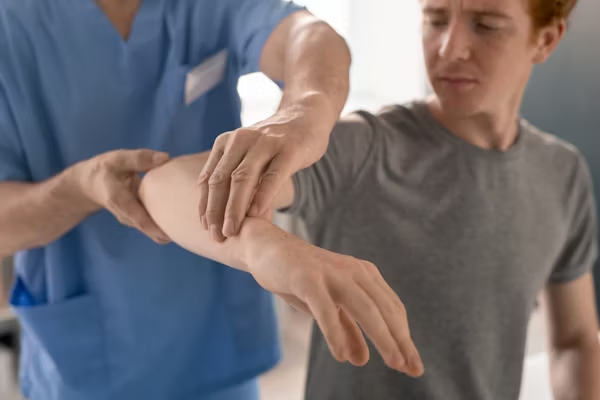
If you’re facing your loguytren problems, know you’re not alone—and more importantly, there’s hope. This article dives deeply into what your loguytren problems really mean, how they develop, what treatments are available, and how you can move forward with confidence.
What Are Your Loguytren Problems?
When we talk about your loguytren problems, we’re referring to Dupuytren’s contracture—a hand condition that causes the tissue beneath the skin of your palm to thicken and tighten. Over time, these fibrous bands can pull your fingers into a bent position, making it difficult to straighten them. Many people use the term “your loguytren problems” to describe not only the physical deformity but the emotional and functional impact that accompanies it.
People experiencing your loguytren problems often report:
- Gradual stiffening of one or more fingers
- Difficulty fully opening the hand
- A visible cord or band under the skin
- Discomfort or mild pain, especially after repeated use
Although not life‑threatening, your loguytren problems can interfere with everyday tasks―grasping a coffee mug, typing, buttoning clothes, or even shaking hands.
Who Gets Your Loguytren Problems?
While your loguytren problems can affect anyone, certain groups are more susceptible:
- Adults over 40, especially men
- Northern European descent (sometimes called “Viking disease”)
- Family history of Dupuytren’s contracture
- Associated conditions: diabetes, epilepsy, liver disease
- Risk factors: smoking, alcohol consumption, repetitive hand trauma
Understanding these risk elements can help you determine if your loguytren problems might be more than just a temporary stiffness—it could signal a developing disorder.
Early Signs of Your Loguytren Problems
Spotting your loguytren problems early can make a big difference. Keep an eye out for:
- Nodules: Small, firm lumps under the palm’s skin.
- Puckered or dimpled skin on the palm.
- Cord formation: Tight, fibrous bands extending from the palm into fingers.
- Reduced finger extension: A finger (often the ring or little finger) starts bending toward the palm.
- Functional limitations: Trouble performing simple tasks—especially ones requiring a flat hand.
If you notice these signs, you’re likely experiencing your loguytren problems, and it’s time to take measures to address them.
How Your Loguytren Problems Evolve
Understanding the progression of your loguytren problems helps in planning treatment:
- Stage 1 (Early): Nodules form in the palm with mild contracture—often painless.
- Stage 2 (Progressive): Cords tighten, and finger bending increases; function begins to suffer.
- Stage 3 (Advanced): Finger(s) become firmly contracted, limiting daily activities.
- Stage 4 (Severe): Fixed contractures, possible involvement of multiple fingers, and difficulty with even basic hand use.
Statistics suggest up to 5–25 % of patients with early-stage Dupuytren’s progress to severe contracture over 10–20 years. Left untreated, your loguytren problems rarely improve on their own.
When to Seek Help for Your Loguytren Problems
Not everyone with mild signs needs immediate treatment. However, it’s time to consult a specialist if:
- One or more fingers are stuck in a flexed position.
- Your grip strength or dexterity is noticeably reduced.
- You struggle with daily tasks—typing, washing, dressing.
- You’re experiencing pain or discomfort in the palm or fingers.
A hand surgeon or orthopaedist can evaluate your loguytren problems, track progression, and recommend a treatment plan tailored to you.
Non‑Surgical Treatment Options
For early-stage your loguytren problems, non-surgical methods may help slow progression:
- Splints and hand therapy: Gentle stretching exercises prescribed by an occupational therapist can maintain flexibility. While not curative, they might slow contracture progression.
- Steroid injections: Injecting corticosteroids into nodules may reduce inflammation and stiffness—offering temporary relief.
- Collagenase injections: FDA-approved enzymes (like Xiaflex) can dissolve cords, enabling manual finger straightening. Studies show significant improvement in many cases.
- Needle aponeurotomy: A minimally invasive procedure where a needle severs the cords—performs well for selected cases and allows rapid recovery.
These treatments focus on easing the symptoms of your loguytren problems. They may be repeated as needed and are best for those without severe contracture.
When Surgery Becomes Necessary
If your loguytren problems cause fixed contractures that disrupt daily life, surgery might be the next step. Common surgical methods include:
- Fasciectomy: Removal of diseased tissue with the goal of improving finger extension.
- Dermofasciectomy: Similar to fasciectomy but also removes the overlying skin and replaces it with a graft—particularly useful for aggressive cases or recurrence.
- Limited fasciectomy: Focuses only on affected regions (nodules and cords) for a quicker, lower-risk intervention.
These procedures can significantly restore hand function, often straightening fingers to within 10° of normal. Physical therapy afterward is crucial for full recovery.
Recovery and Rehabilitation: Overcoming Your Loguytren Problems
To ensure the best outcome after treatment, follow-through matters:
- Post-procedure care: Wear splints as prescribed to maintain finger position.
- Physical therapy: Gentle exercises to maximize finger extension and grip strength.
- Scar management: Massage, silicone sheets, and careful monitoring to reduce thick scar tissue.
- Activity modification: Resume daily activities gradually—avoid heavy grip or force for several weeks.
Consistency helps reinforce gains and prevents recurrence—keeping your loguytren problems under control.
Managing Recurrence
Unfortunately, your loguytren problems can return, with recurrence rates ranging from 25 % to over 50 % in some studies—depending on treatment type. Strategies to reduce recurrence include:
- Regular hand stretching and exercises
- Promptly treating new nodules or cords
- Periodic follow-ups with a hand specialist
Early intervention at signs of recurrence helps maintain function.
Lifestyle Tips for Living with Your Loguytren Problems
Incorporating small adjustments into daily life can make a big difference:
- Hand care: Gentle massage, warm soaks, and moisturizing creams help improve skin pliability.
- Strengthening exercises: Against mild resistance to preserve flexibility and grip.
- Modify tools and tasks: Ergonomic grips for pens, utensils, or keyboards reduce strain on affected fingers.
- Wellness habits: Stay hydrated, maintain healthy blood sugar, and avoid smoking and excessive alcohol, as these may worsen your loguytren problems.
Spotlight: Patient Experiences with Your Loguytren Problems
Real-life stories underscore the human aspect of your loguytren problems:
- “I thought a small lump would disappear, but over months my ring finger began to curl. I couldn’t sign my name properly.”
- Another shared: “After a simple collagenase injection, I regained most of my hand movement in a few weeks. It felt like getting part of my life back.”
These narratives highlight both the emotional impact and the power of modern treatment.
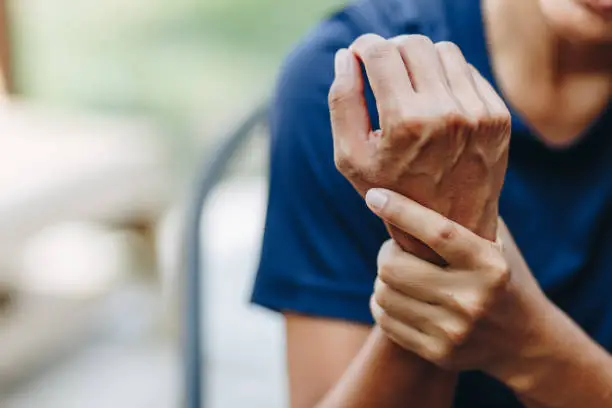
Eyes on the Horizon: Emerging Treatments
Research continues to advance in tackling your loguytren problems:
- Matrix metalloproteinase inhibitors: Target the enzymes involved in fibrous tissue formation.
- Stem cell and antifibrotic therapies: Under investigation to prevent or slow disease progression at a molecular level.
- Improved injection techniques: Refining collagenase delivery for safer, more effective outcomes.
Although still experimental, these developments bring hope for future non‑invasive solutions.
Debunking Common Myths About Your Loguytren Problems
Let’s clear up some misconceptions:
| Myth | Reality |
|---|---|
| It’s just arthritis. | No—different disease mechanisms and location. |
| It only affects the elderly. | Can begin in your 30s–40s, though more common in older adults. |
| Surgery always means full recovery. | Most benefit, but small loss of motion or sensation can occur. |
| Exercises can fully reverse it. | Helpful for flexibility, but not a cure. |
Frequently Asked Questions About Your Loguytren Problems
Q: Can lifestyle changes cure my loguytren problems?
A: While healthy habits support overall hand health, they cannot reverse established disease. Still, they may slow progression.
Q: Is collagenase injection safe?
A: Generally, yes—with mild side effects like swelling or bruising. Rare complications may include tendon injury if improperly administered.
Q: Will insurance cover treatment?
A: Most insurers cover procedures like fasciectomy and collagenase injections for functional contractures. Always verify with your provider.
Q: Can both hands be affected?
A: Yes—around 60 % of individuals have bilateral involvement, though severity often differs between hands.
